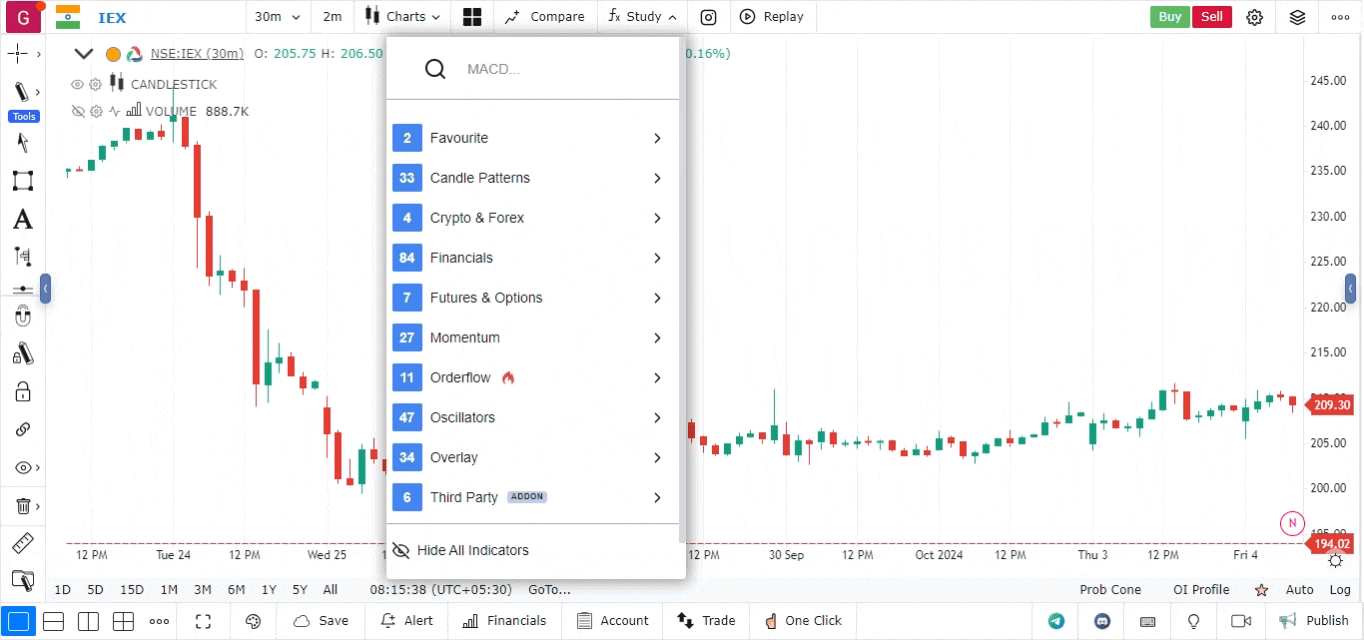Smoothed Moving Average (SMMA) Indicator
The Smoothed Moving Average (SMMA) Indicator is an advanced technical analysis tool that helps traders identify trends by providing a smoother representation of price movements. Unlike the Simple Moving Average (SMA), the SMMA uses a modified calculation to reduce lag and provide more responsive signals.
What is a Smoothed Moving Average (SMMA)?
The Smoothed Moving Average (SMMA) is a variation of the traditional moving average that emphasizes longer-term trends. It smooths out price fluctuations over a specified period by giving equal weight to all prices, which helps reduce noise and provides a clearer trend direction.
Key Features:
- Trend Identification: The SMMA helps traders identify the overall trend direction with less lag compared to traditional moving averages.
- Smoothing Effect: By averaging prices over a specified period, the SMMA reduces market noise, allowing for clearer signals.
- Customizable Periods: Traders can choose different periods based on their trading strategies, such as short-term or long-term analysis.
SMMA Formula:
The formula for calculating the Smoothed Moving Average is:
- For the first period:
- For subsequent periods:
Where:
- = Number of periods
- = Current time period
How to Add the SMMA Indicator
-
Open the platform:
- Navigate to the platform and select the asset you wish to analyse.
-
Access the Indicators Menu:
- Click on the Indicators menu located in the top toolbar.
-
Add the SMMA Indicator:
- Search for “Smoothed Moving Average” or “SMMA” in the indicators search bar.
- Click on the SMMA Indicator to add it to your chart.

- Customize Settings:
- After adding the indicator, you can customize the following settings:
- Period: Select the number of periods for the SMMA (e.g., 10, 50, 100).
- Style: Adjust the colour, line thickness, and style (solid, dashed) for better visibility on your chart.
- After adding the indicator, you can customize the following settings:
How to Interpret the SMMA Indicator
-
Trend Direction:
- When the price is above the SMMA, it indicates a bullish trend, suggesting potential long positions.
- When the price is below the SMMA, it signifies a bearish trend, suggesting potential short positions.
-
Crossovers:
- Bullish Crossover: A shorter-term SMMA crossing above a longer-term SMMA may signal a bullish trend and potential buy opportunity.
- Bearish Crossover: A shorter-term SMMA crossing below a longer-term SMMA may signal a bearish trend and potential sell opportunity.
-
Support and Resistance:
- The SMMA can act as a dynamic support or resistance level. Traders may look for price reactions at the SMMA line, indicating potential reversals.